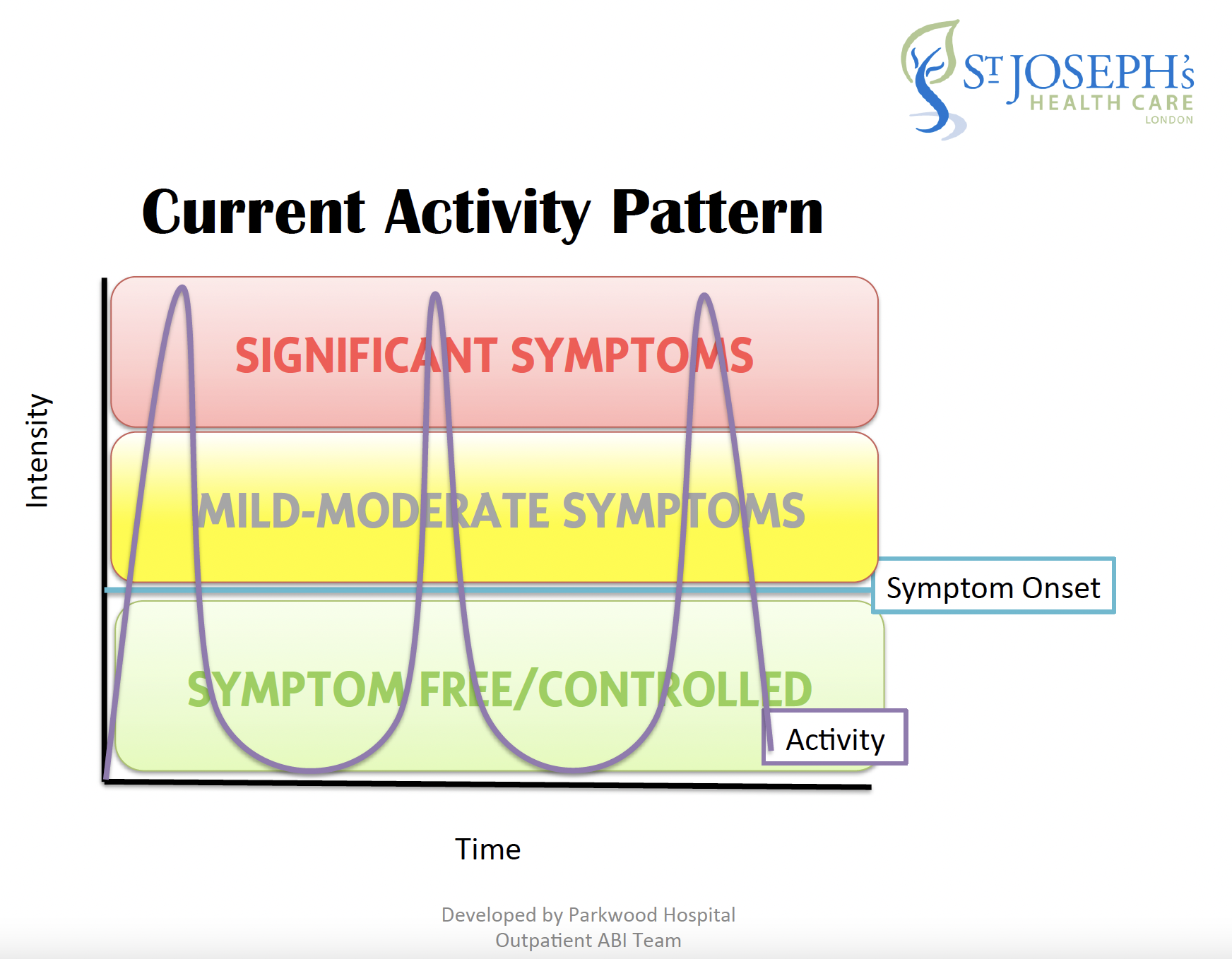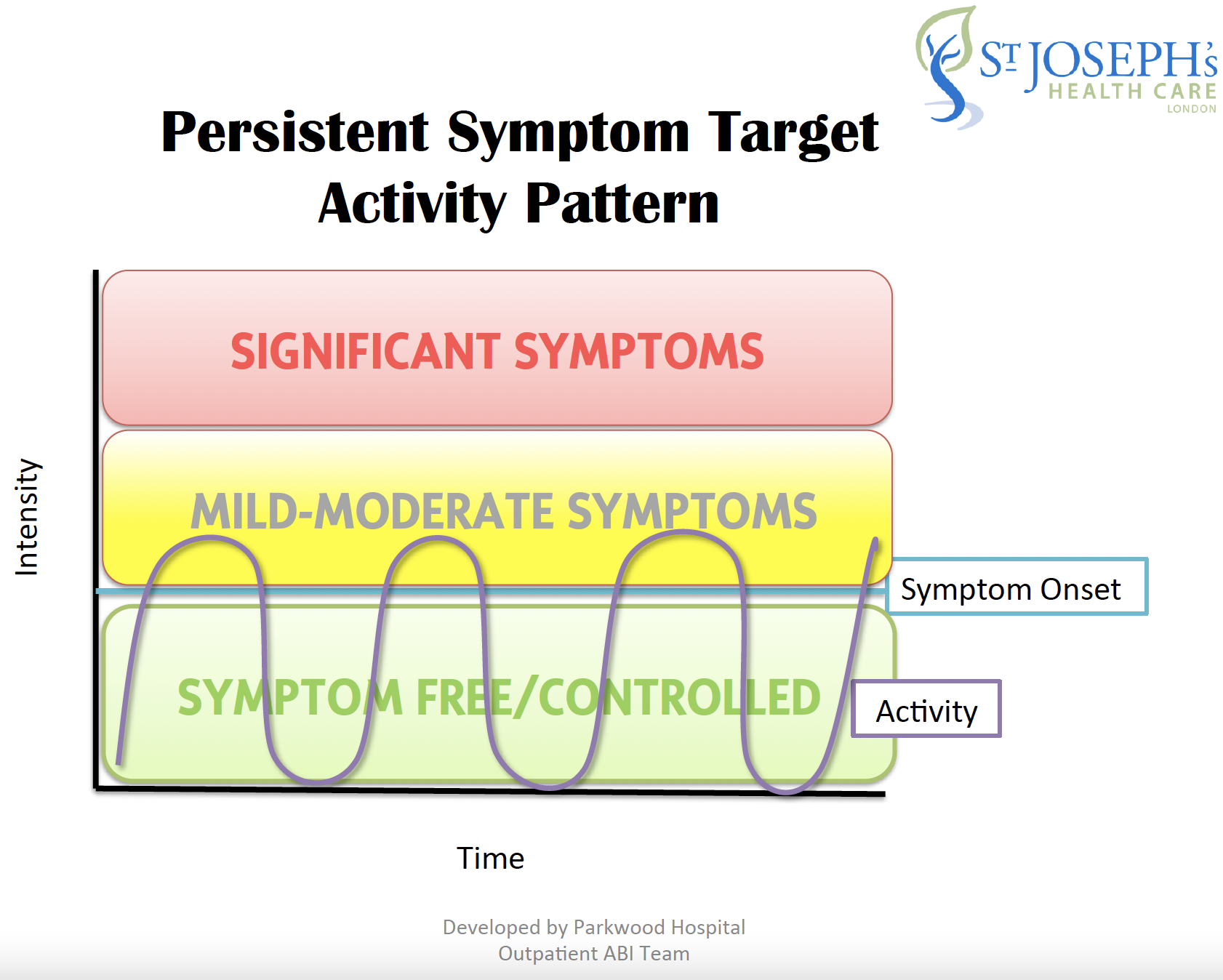How Do I Manage My Symptoms After a Concussion?
After a concussion, it becomes more difficult to judge how much or how little you should do to avoid being significantly aggravated by your symptoms. It feels like on the one end, no matter how “little” you do, you get a headache and are out for the rest of the day. On the other end, you are feeling great one day, so you end up doing more, but paying for it for the rest of the week.
What do you do?
Pacing and Planning
Pacing and planning is the concept that you schedule your day’s activities ahead of time to minimize the aggravation of symptoms. It can consist of deciding on which activities you may participate in, how long you perform the activities, and how often you engage in them. Due to the variability in each individual’s symptoms and recovery, these factors will vary from person to person and from day to day. However, the main principle is that if you plan your days proactively, you’ll feel better and gradually engage in more activities, with fewer symptoms, over time!
What does it feel like after a concussion?
It may be difficult to determine how much to do on a day-to-day, or even hour to hour, basis. You watch a little bit of TV, and before you know it, your eyes feel strained and your headache gets worse, so you “crash and burn” and take a nap. Then, you decide to go for a walk and feel so good while you’re walking, that you decide to go for a little longer. An hour goes by, and by the time you get back home, your light sensitivity has peaked and you feel dizzy and off-balanced. You are unable to cook dinner in the evening and you take another nap. This rollercoaster ride of symptoms can impede post-concussion recovery and make it more difficult to return to “normal life”.
What should I aim for?
A better way to approach your daily activities is to perform shorter bouts of activities, but more frequently and consistently, in order to increase your tolerance to the activity. For example, if reading for 1 hour aggravates your symptoms, such that you are unable to do anything for the rest of the day, it may be more beneficial to read for 15 minutes at a time, but spread out over 4 times throughout the day. The goal is to avoid the “crash and burn” effect, not to eliminate symptoms completely - which is why resting in bed is not the best approach. Although bedrest in a dark and quiet room helps to reduce symptoms, it does not allow you to return to your daily activities and routines. Participating in shorter bouts of activities that bring on a mild to moderate level of symptoms will allow you to do more in the long term. Think of it as “working out” your brain - experiencing some soreness after a new strength workout will allow you to lift more weights (without feeling sore!) in the long term!
Will I feel better over time?
Over time, you’ll be able to do more before experiencing a mild to moderate level of symptoms. Instead of getting a headache after reading for 1 hour, you’ll be able to read for 3 hours before needing to take a break. By controlling how long and how often you do an activity, you’ll be in control of your own symptoms and recovery. Taking breaks will still be an important way to manage your symptoms, but you won’t have to take them as often, or for as long. All in all, you’ll be able to do more every day, while managing your overall symptom level on a day-to-day basis.
It’s about being proactive, not impacted!
What are some tips for pacing and planning?
Perform shorter bouts of activity, but frequently and consistently.
Alternate between different types of activities, such as physical (i.e. walking) and cognitive (i.e. reading).
Proactively take breaks throughout the day. Breaks can be active (i.e. listening to music) or passive (i.e. taking a nap).
Perform active relaxation techniques to increase physical and cognitive reserve, such as breathing exercises or meditation practices.
Use a timer to determine how long it takes for symptoms to come on and then use it to inform you when to stop participation in an activity, as difficulties with judging how much time has truly passed are common after a brain injury (this is called poor Temporal Judgment)
Modify your activities if an unexpected event may impact your symptoms, such as an illness, stressor, hormonal change, or increased fatigue.
Work with your concussion specialist to determine which strategies work best for you!
The graphs shown above were created by the Acquired Brain Injury team at St. Joseph’s Health Care in London, Ontario. Learn more here and check out their videos below.



